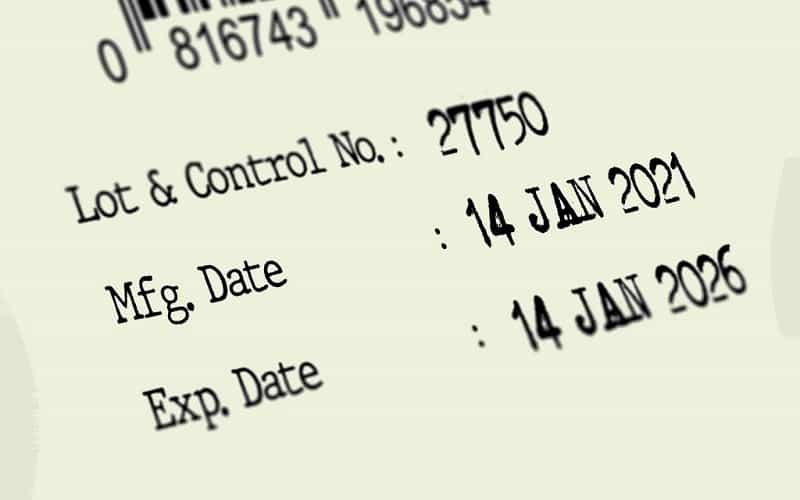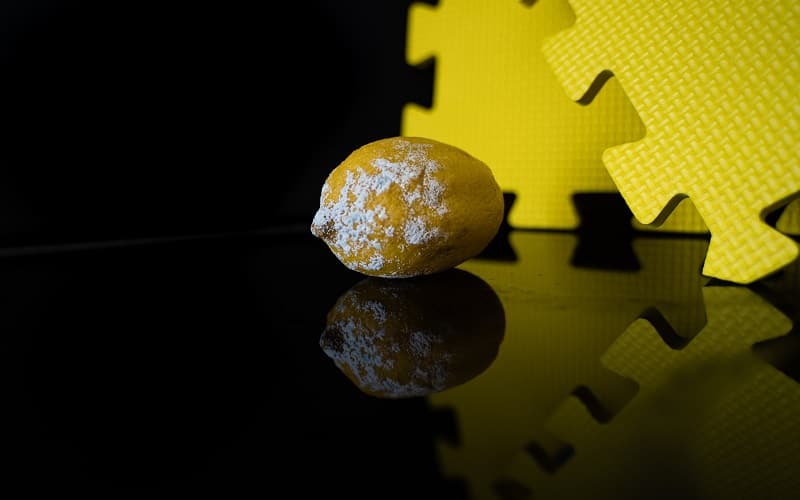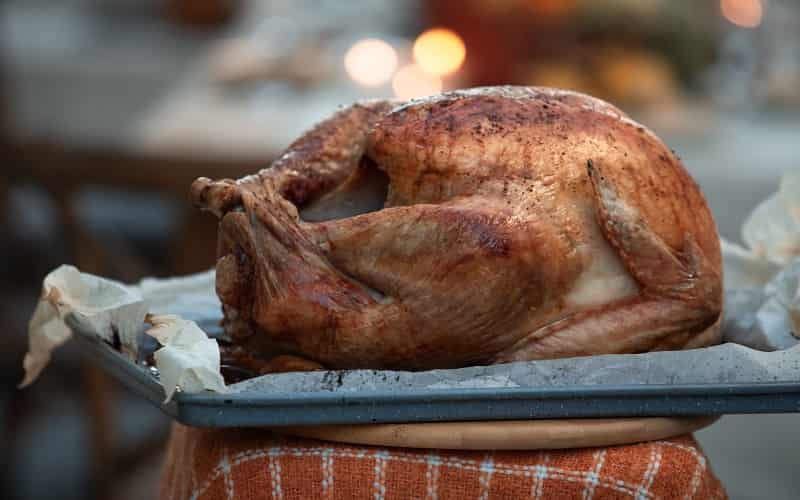How to Tell When Your Food Is Spoiled or Bad
What happens when you take expiry dates a little too seriously or ignore them altogether? It is easy to let expiry dates on your food items control your eating habits. Your sealed pack of milk had a sell-by date 3 days ago? Guess it should be thrown away. The ground beef you got 5 days back is starting to brown. Guess it must’ve turned bad. This especially happens when we buy from wholesale food distributors. When you buy food in bulk, it becomes even more important to check the expiry dates and know about the safety of the food products. Before we move on to how you can tell if your food has gone bad, let’s take a quick look at types of dates on food items and their safety after the date expires.
Types of Dates

- A “use-by” date is determined by the manufacturer. It is the last date recommended for the product to be used at its peak quality.
- A “sell-by” date is for the seller of the product. It tells how long the store can display the product for sale. You shouldn’t purchase a product after its sell-by date has expired.
- A “best if used by” date is recommended by the manufacturer for best quality or flavour. It is not a safety or purchase date.
- “Closed/coded dates” are simple packaging or product numbers for the use by manufacturers.
Safety of Products After Date Expires
It is only the “use-by” dates that refer to use after purchase and home storage. They are not safety dates. Even if the date expires, such products remain safe and of good quality if handled rightly and kept at 40 °F or below. When buying food products, see the charts on the refrigerators for the storage time of each item. If a food item has a “use-by” date, follow it. And if a product has a “sell-by” date, cook or freeze it accordingly. Food products can develop an off flavour, odor or appearance to due bacteria. If a food item has developed any of these characteristics, don’t eat it.
Mishandled food
If food items are mishandled, food-borne bacterial growth can take place and cause food-borne illnesses – even before the expiry date on the package. For example, if a food item requires refrigeration and it is kept at room temperature for several hours or days, it might not be safe to use even if the date hasn’t expired. Similarly, defrosting food items at room temperature, touching or handling food with unclean hands, and cross-contamination may lead to bacterial growth and make products unsafe for consumption.
Now that you have a general idea about expiry dates and safety of food products let’s move on to how you can tell if the food in your storage has gone bad or not.
To help you save money and prevent future waste, here 5 easy ways you can tell if a food item has gone bad or not. Don’t forget that your 5 senses can tell you more about a food product more than any expiry date can.
Mold

If you find a layer of mold covering dairy products, meats, or vegetables, it means that you need to bid that produce farewell. If there are a few spots growing on the corners of your bread loaf, you can sometimes trim off its edges and eat the remaining. However, it’s not possible for all consumers to differentiate between safe and unsafe mold, so it’s better to not consume it when things start to get fuzzy.
Slimy Film
It’s really tricky to test cooked meats for freshness. The easiest way to tell if your baked chicken, cold cuts, and other meats have gone bad is to see if there is a slimy film coating over it. If your meat looks slimy or damp, it has definitely gone off. You shouldn’t even put it into your mouth to check the flavour as rancid meats can cause serious food poisoning.
Change in Texture
Texture changes are usually seen in dairy items that have gone bad. If you left the cheese out and it has become oozy and slimy, it’s best not to consume it. Similarly, chunky milk is a big no. However, not all food items that experience a texture change should be disposed of immediately. Soft apples and a few other fruits, for example, can be used to make jams and compotes.
Bad Odor
If you can’t figure out if your food has gone bad or not, give it a good whiff. If your food smells different than it did before, it has probably gone bad. Raw meats and dairy products are the easiest to check this way, whereas sniffing out fruits and vegetables may be a little tricky.
Discoloration

If your raw meat has become slightly brown, it doesn’t necessarily mean it has gone bad. Meat usually changes colour when it is exposed to air and light, which means that your slightly reddish-brown meat is still good to eat. But if the discoloration is accompanied by a sticky or slimy film, then you’ve got problems. Discoloration of fruits and veggies is usually normal then they’re exposed to air. However, if potatoes start turning green, they should be thrown away.
Conclusion
So if you are a restaurant or takeaway owner the above guide will help you manage quality of your food inventory. Also you can also ensure quality assurance when delivery your stock from wholesale food distributors. Health inspection will also become easier for you to manage as you will be fully aware of what’s good and what’s bad, in order to pass.
Are you looking for a Free Consultation for Food Services Distribution? Click Here!






